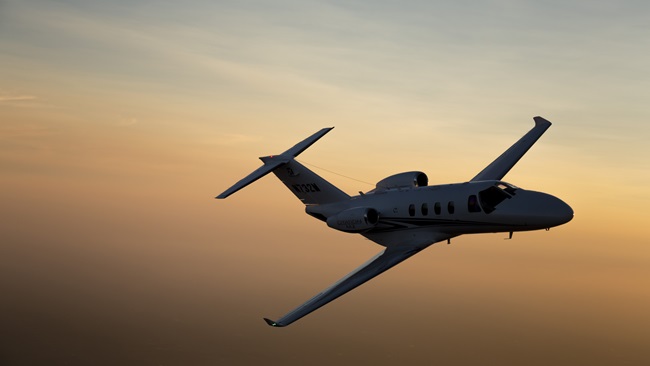Prepare and repair
No flight is perfect

By embracing this mindset, we can always continue to strive for more, to work to be better. An area for improvement might be something as simple as needing a radio call repeated, or letting the airplane slip a bit from the climb or descent profile. It might be more complicated, like almost missing a crossing restriction.
My company teaches crew resource management (CRM) as a partner to threat and error management (TEM), and we always refer to one with the other. The steps to TEM are to prepare for a threat, to repair an error, and to recover from an unsafe aircraft state in order to return to a safe operation. It isn’t unusual for pilots, either in a single-pilot operation or as part of a crew, to get tunnel vision and focus on the fact that a mistake has occurred, especially if it might involve a pilot deviation.
Catching a mistake is a skill unto itself, and acknowledging an error is a significant step.What is more important to learn is that catching a mistake is a skill unto itself, and that acknowledging an error is a significant step. Once this is done, we can move on to actually repairing the mistake or error. Altitude deviation is a great example, because altitude deviations are one of the most common errors that pilots make, especially turbine pilots. If the airplane has autothrottles and an automated vertical navigation (VNAV) system, they are less common. Unfortunately, such tools cost big bucks, and most pilots will never have them. That means that proper descent planning and execution are key. Area navigation (RNAV) standard terminal arrival routes are prime areas for a mistake to happen, and errors during these segments are more common still when there is a significant tailwind that, unaccounted for, can make the problem worse. Pilots new to turbines are especially prone because they may not be used to the speeds involved.
In areas where RNAV “descend via” procedures are common, ATC counts on compliance from all aircraft to coordinate flow into several airports. If you miss an altitude or speed window, you need to determine immediately if you can get back on the published path without any wild pitch or speed gyrations that could lead to an unsafe aircraft state. If so, start working on it. If not, you need to confess your error and ask for an amended clearance. Beating yourself up is not the answer. You’ve made an error, and you need to repair it, likely with input from ATC.
If ATC catches the error before you—for example, you didn’t start down in time—you need to acknowledge the mistake and determine if you can meet any new restrictions. If you are relying on mental math to determine your descent point, descent rate, et cetera, you may need to revisit your techniques later, and reevaluate how you prepare for these potential errors.
Every phase of flight has ample opportunity for making a mistake. Preparation means anticipating when an error could occur or what kind of error is likely to occur. Repairing those errors needs to be done quickly and smoothly, and then a quick evaluation needs to be done to determine potential violations—or a need to file an Aviation Safety Reporting System report.


